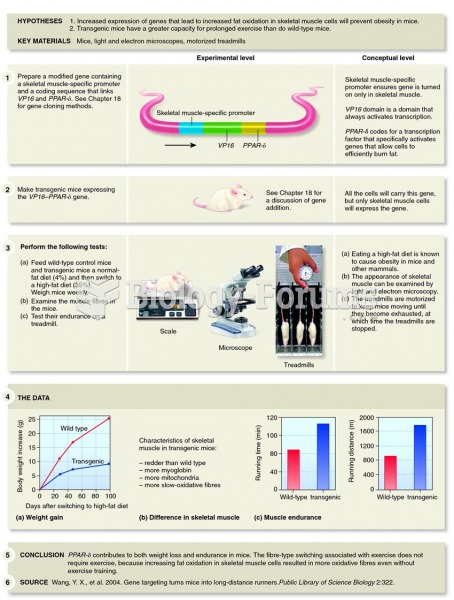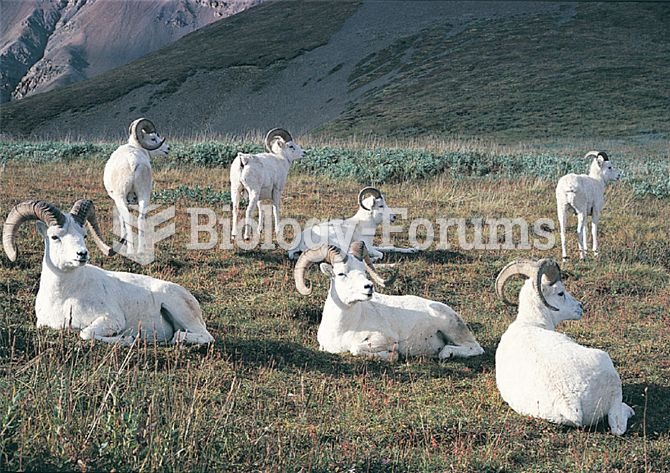Answer to Question 1
ANSWER: When the upslope winds are well developed and have sufficient moisture, they can reveal themselves through cumulus clouds that build above mountain summits. Since valley breezes usually reach their maximum strength in the early afternoon, cloudiness, showers, and even thunderstorms are common over mountains during the warmest part of the day.
Answer to Question 2
ANSWER: A monsoon wind system is one that changes direction seasonally, blowing from one direction in summer and from the opposite direction in winter. This seasonal reversal of winds is especially well developed in eastern and southern Asia. In some ways, the monsoon is similar to a large-scale sea breeze. During the winter, the air over northern Asia becomes much colder than the air over the adjacent ocean. A large, shallow high-pressure area develops over continental Siberia, producing a clockwise circulation of air that flows out over the Indian Ocean and South China Sea. Subsiding air of the anticyclone and the downslope movement of northeasterly winds from the inland plateau provide eastern and southern Asia with generally fair weather. Hence, the winter monsoon, which lasts from about December through February, means clear skies (dry season), with surface winds that blow from land to sea. In summer, the wind-flow pattern reverses itself as air over the continents becomes much warmer than air above the water. A shallow thermal low develops over the continental interior. The heated air within the low rises and the surrounding air responds by flowing counterclockwise into the low center. This condition results in moisture-bearing winds sweeping into the continent from the ocean. The humid air converges with a drier westerly flow, causing it to rise; further lifting is provided by hills and mountains. Lifting cools the air to its saturation point, resulting in heavy showers and thunderstorms. Thus, the summer monsoon of southeastern Asia, which lasts from about June through September, means wet, rainy weather (wet season) with surface winds blowing from sea to land. Although the majority of rain falls during the wet season, it does not rain all the time. In fact, rainy periods of between 15 to 40 days are often followed by several weeks of hot, sunny weather.







